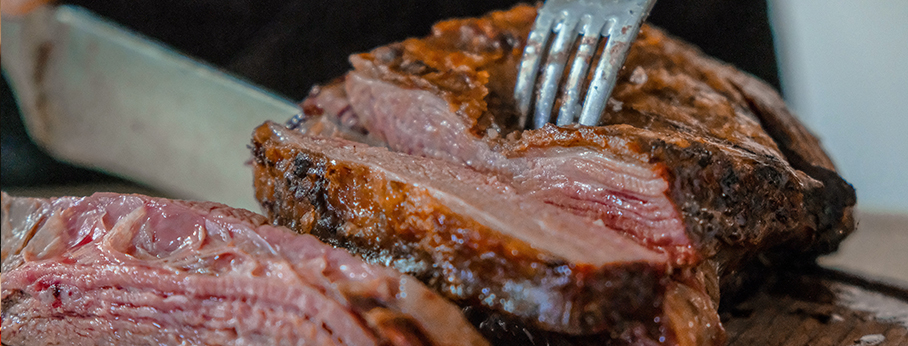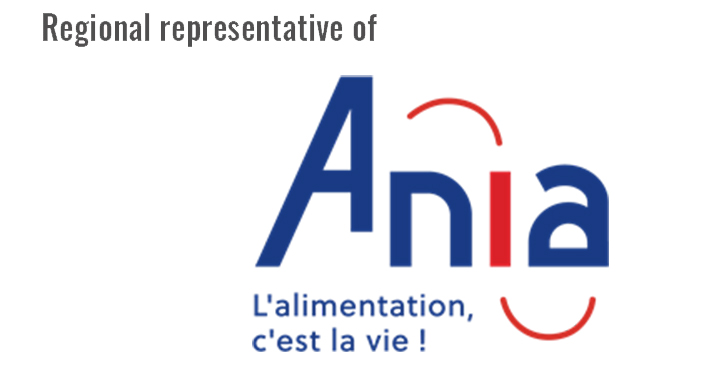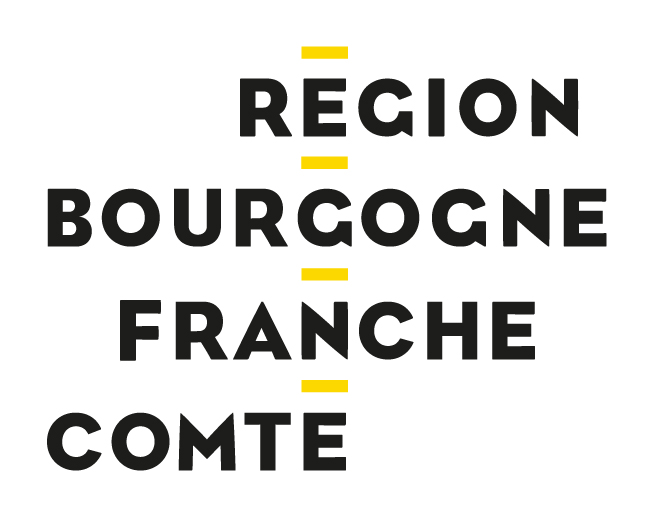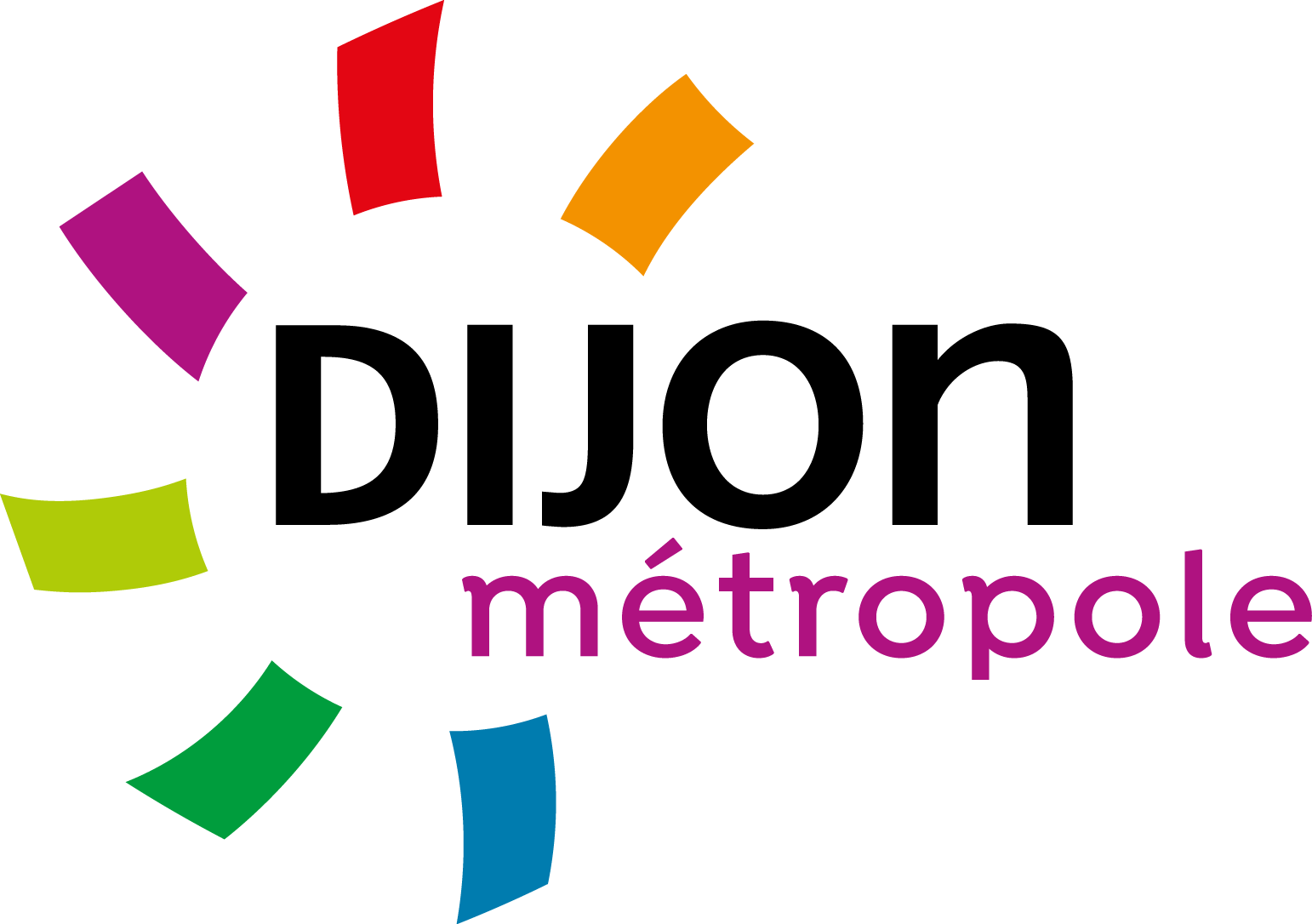16 Nov 2021
What does flexitarianism mean for meat consumption in France?

In our circles, working on food innovation consumer trends, flexitarianism is a frequent topic of conversation, as are meat-free proteins and plant-based foods. I recently hosted a webinar on the topic of new sources of protein (you can see it here – in French).
So just for once, today I’ll be talking about… meat! While the overall quantities of meat eaten in France have been going down over the last 30 years, the picture is being more nuanced. Important distinctions can be sketched between meat eaten at home and outside of the home, the types of meat consumed, and the reasons (sometimes a question of choice, sometimes of necessity) that lead consumers to reduce the amount of meat in their diet. This article provides a overview of these questions of meat consumption in France, based on some information published in our “Close-up on food trends” article here (exclusively available to paid members).
Quantity and quality: a mere ingredient at home, a treat outside of the home?
Since the 1990s, meat consumption in France has been on a downward trajectory, following a period of strong growth in the '60s and ‘70s. (source: French Ministry of food and agriculture). In 2020, French people ate 84.5kg of meat per person: this is more than in 1960, but less than in the ‘90s, where consumption reached 105kg per person in 1992.
While the quantity of meat consumed has been falling, the type of meat is also undergoing a change: offal and game, for example, are less popular than 30 years ago, while “ingredient”-type meat products such as lardons (bacon pieces) or minced meat are consistently showing growth. Evolving French culinary habits can more or less explain these changes: French people spend less time in the kitchen (53min/day/person in 2010, compared to 1hr 11mins in 1986), and an overarching search for ease of use in culinary products.
Without the constraint of having to prepare it when eating outside of the home, meat is still enthusiastically consumed in the food service sector, where the data follows the opposite path to in-home meat consumption. In 2018, sales of meat destined for the food service sector represented 3.8 billion euros (source: France Agrimer). In 2016, 30% of all acts of consumption of meat products were linked to sandwiches, hamburgers and ready-to-eat meals – with 18-24 year olds being the largest meat eaters in France, contrary to what you might imagine about our changing diets.
Less meat: by choice… or by necessity?
France remains a country of meat-eaters: 77% of French people say they eat meat (source: France Agrimer and IFOP, 2020). Although 85% of consumers say they do not intend to change their diet, 68% say that French people eat too much meat and 56% consider that meat production has a negative impact on the environment.
In reality, the reasons that French people reduce or exclude meat are multiple, although along two main lines:
- From necessity: representing 52% - either from a health or a financial constraint. In fact, 24% of these consumers reduced or eliminated meat from their diet for budgetary reasons (the price of meat was too high), 16% for an impact on their health as they got older, and 12% due to a need to rebalance their nutrition as they reached adulthood.
- Or by choice, linked to their ideals or a distaste for meat: representing 48%. 26% of consumers are looking to find a balance between their eating pleasure and their ideals, 10% of consumers dislike the taste of meat, 7% are motivated by animal rights, and 5% are identified as “trend followers”. According Grazyna Marcinkowska, consumer trends expert for France AgriMer, these consumers are mostly of the “urban, educated” profile. While meat consumption was previously a marker of social status, excluding meat from your diet is more likely to be so today.

The family unit, sharing: meat eaters remain attached to their traditional values
Consumers eat meat above all for the pleasure of sharing and for the taste: 89% of respondents of the France AgriMer / IFOP survey say that they like the taste of meat, and 63% say that a meat-less meal is less enjoyable than one with meat.
Beyond a hedonistic aspect, the composition of the household is also a crucial factor in whether meat remains on the menu. Nearly 2/3 of omnivores say that they are in a couple with or without children, while more than 70% of consumers who exclude meat have no children in their home.
Sharing and the importance of the family unit are two values around which a new offer of meat products could be imagined: by offering products adapted to the appetite and preferences of young eaters, but also adapted to the concerns of parents (quality, clean label, fast and easy to prepare etc.), or by highlighting the sensory pleasures (taste, tenderness, juiciness)… A number of attributes that can be highlighted on packaging or to orient new product development.
Observations mirrored in the United Kingdom
2020, with the sudden appearance of the global health crisis, is a year full of useful lessons for trend mappers. And for the first time in 5 years, French household spending on meat rose in 2020: by 9.1% for poultry, and by 6.4% for red meat which also reached an average purchase of 11.4€ (an increase of 3.1% since 2019) (source: French Ministry of food and agriculture). While it is certain that the shutdown of food service played a large role in this increase, this also shows the attachment of the French to meat – all the more so in a period of disruption when the general trend was towards seeking out comfort, but also despite of the added constraint of preparing 3 meals a day for the household.
This observation can be found elsewhere in Europe. In the United Kingdom, for example, consumption of poultry and red meat increased (+18% in 2020), as did bacon (+18%), sausages (+20%), or even tinned meat (+22%). In addition, 58% of British people indicated that meals with processed meat products to be “comforting” (source).
Go further
Without abandoning the idea of flexitarianism (the assumed choice to reduce one’s meat consumption), which is still very much a growing trend, there appear to be two obstacles that could limit its growth in France: the hedonic attachment of French people to meat, and the “ingredient” side of meat that makes it fast and easy to prepare balanced meals – two aspects that deserve close attention in the development of your meat-based products! For more information, you can read our detailed article here (exclusive for Vitagora paid members
To continue to follow our food innovation articles, subscribe to our blog (2-3 emails a month).




 Home
Home

















Share your opinion